Switzerland's cities: which ones to visit and what to see for an art-filled trip and more
Switzerland is not only unspoiled landscapes; it boasts as many as twenty-two cities that stand out and are appreciated by the Italian public for their quality of life and rich cultural and recreational offerings. Small in size, they are well connected with each other and are above all on a human scale; they also lend themselves to easily combining the usual city visit with day trips, since they are immersed in nature. The latter plays a relevant role in the country, but it should not be forgotten that Switzerland also boasts the highest density of museums in the world: as many as 980, which hold an artistic and cultural treasure that is still little known to the uninitiated. Several factors have contributed to the presence of museums throughout the territory, such as the design entrusted to large architectural firms of new museum spaces, the active role of public and private patrons, the promotion of local traditions, since even though they are sustainable and innovative cities, they are careful to preserve their traditions, and finally the great appreciation of Swiss heritage. They are therefore cities that undoubtedly compete with the great European capitals in all these respects and also in the programming of artistic events of international appeal, for example the exhibitions of the Fondation Beyeler in Basel, and musical ones, such as the classical music festivals of the Lucerne Festival.
City trips are short breaks from everyday life-Swiss boutique towns are exactly designed for this purpose. Discovering the cities is an unforgettable experience for both tourists and the inhabitants themselves.
Let’s start with Bern, the Swiss capital: its historic center, built on a bend in the Aare River, is a UNESCO World Heritage Site and offers with its six kilometers of arcades one of the longest promenades in Europe under the characteristic medieval arcades, the Lauben. The many fountains, brick facades, alleys and historic towers help provide the city with its charming medieval atmosphere. Visiting the center of Bern on foot allows you to fully enjoy its pretty nooks and crannies, to take a leisurely break in the theater-cafes and small cafes of the old town, and to admire beautiful views of the ancient city from the cathedral tower or from the rose garden overlooking the famous Bear Pit, a must-see when visiting Bern. From a cultural perspective, it offers the largest collection of Paul Klee’s works, at the Zentrum Paul Klee, but it has other important museums, such as the Kunsthalle, the Museum of Fine Arts, the Museum of Natural History, the Einstein Museum, which testifies to Albert Enstein’s stay in Bern in the early 20th century, as well as the Swiss Alpine Museum and the Museum of Communication.
On the shores of the lake of the same name is Lugano with its Mediterranean atmosphere: in fact, it is the city of parks and flower gardens. In addition to being very connected to nature, given its geographical location, it is economically developed: it is Switzerland’s third largest financial center and is a center for congresses, banking and business. Strolling through the streets of its historic center, one can admire numerous buildings in the Lombard style and visit its museums; if one prefers a walk in nature, it is worth going to its parks blooming with camellias, magnolias and subtropical plants, or of course to the lakefront. A visit to MASI, the Art Museum of Italian Switzerland, which houses masterpieces by Klee, Renoir, Degas and the Ticino school, is a must.
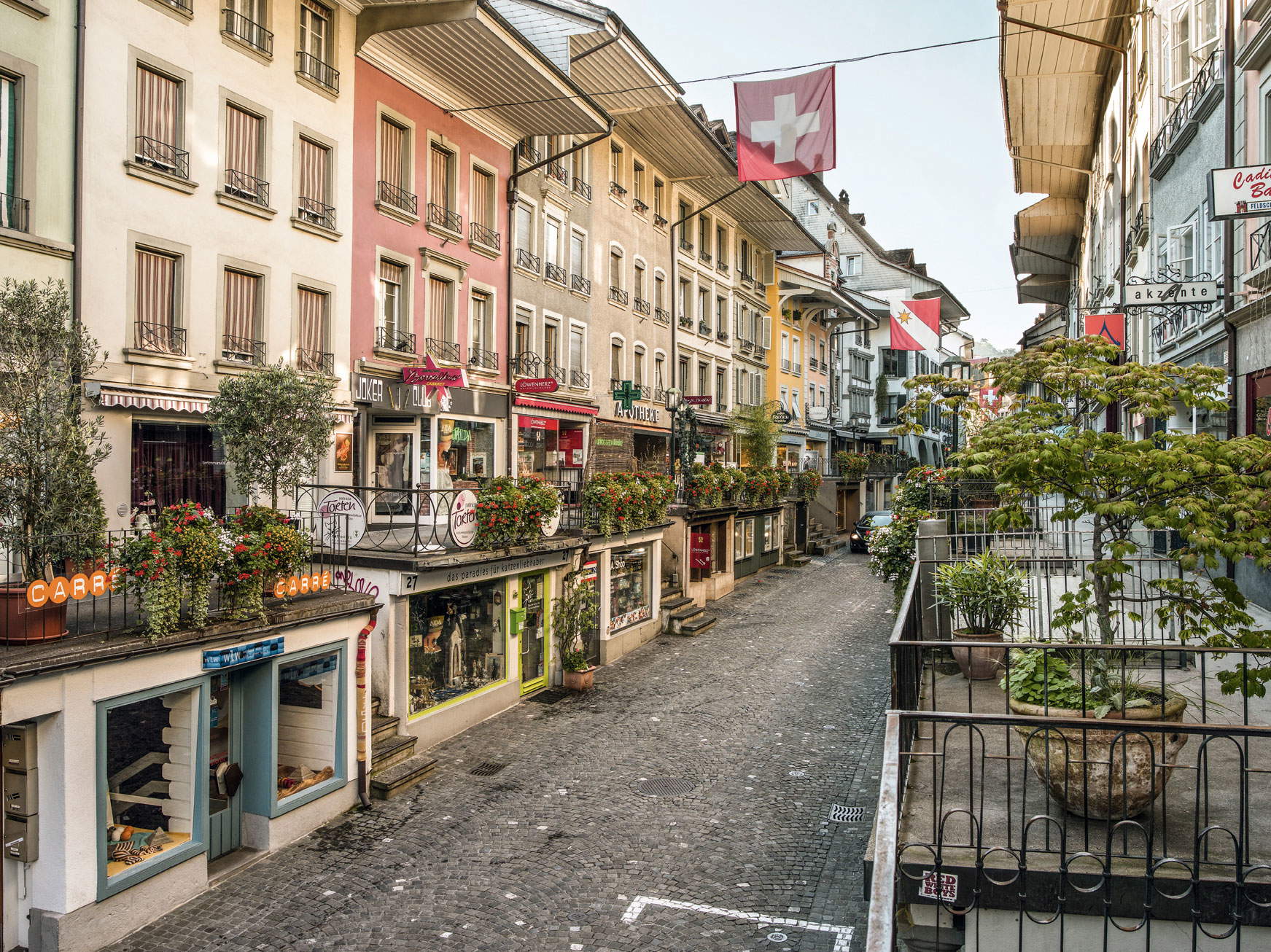 |
| Bern |
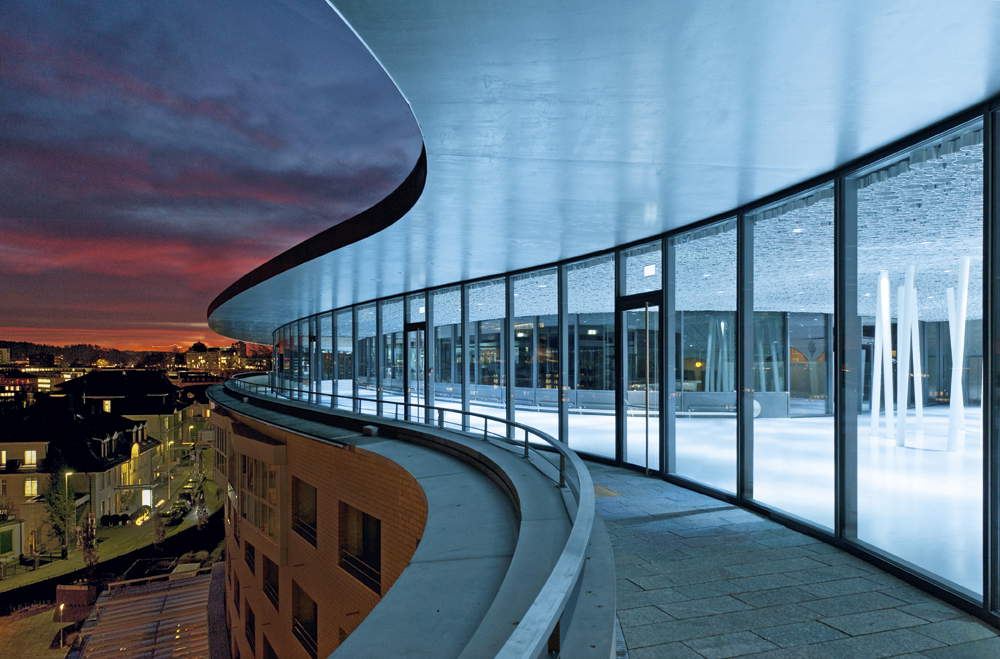 |
| Bern |
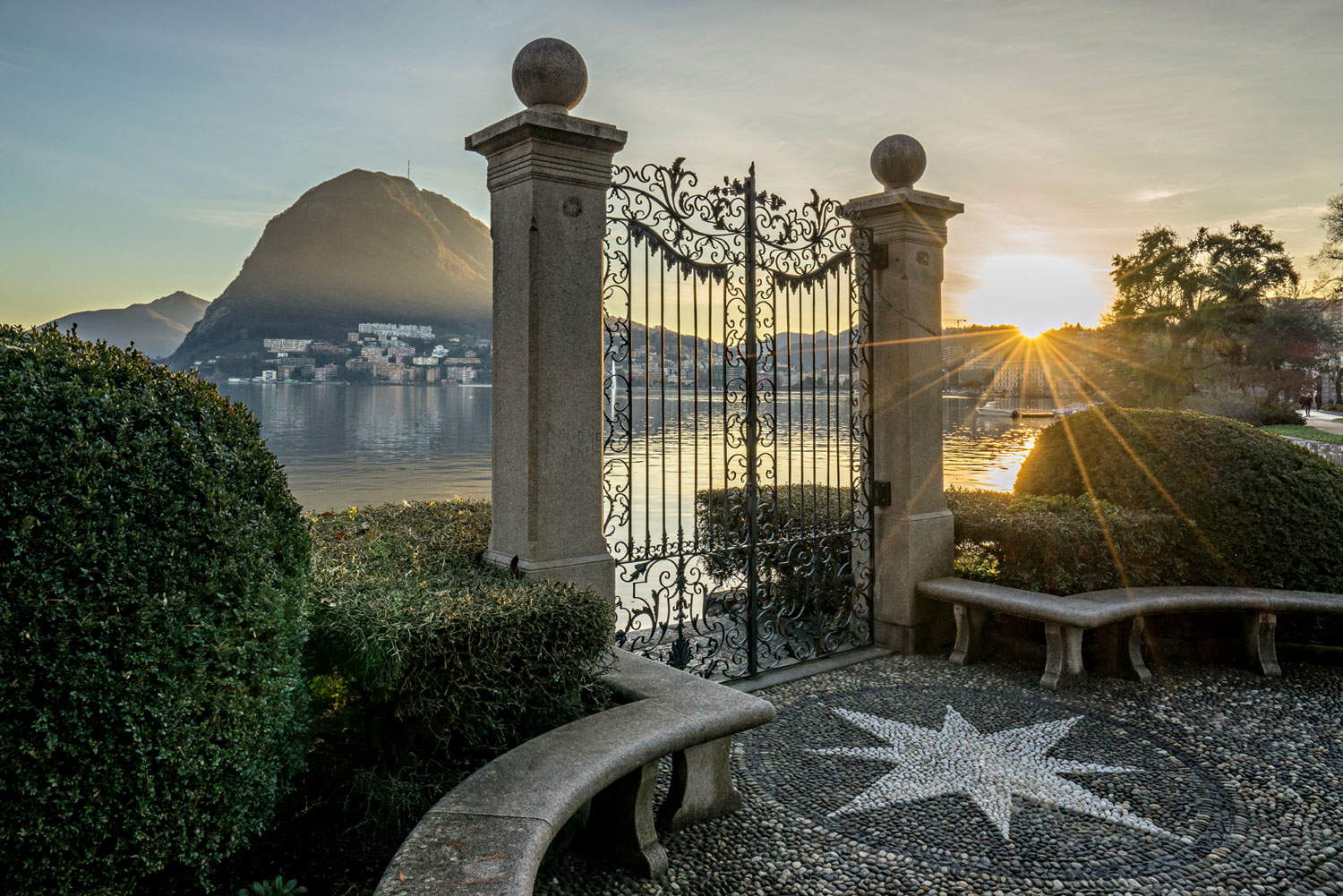 |
| Lugano |
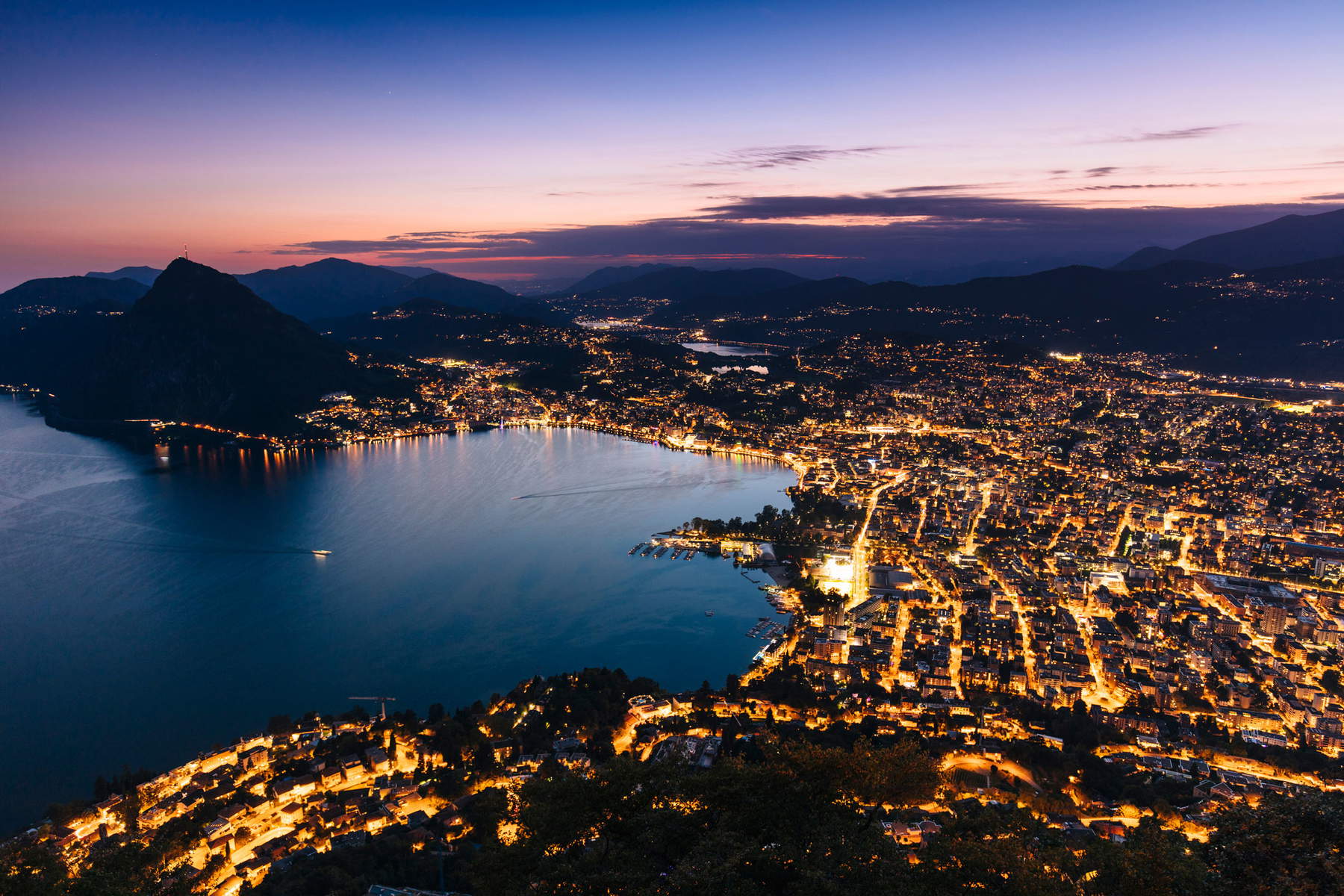 |
| Lugano |
On three hills, on the other hand, lies Lausanne, surrounded by vineyards and Lake Geneva. Here sports and culture are the protagonists: it is a lively university town and since 1914 the International Olympic Committee has established its headquarters in the city, with an Olympic Museum attached. It also has a relevant role from a commercial point of view. Switzerland’s early Gothic-style cathedral dominates the medieval old town, which is laid out in small alleys with cafes and boutiques. Among the museums, the Musée de l’Elysée dedicated to photography is significant, but Lausanne is considered the capital of Swiss dance, as it is home to the world-famous Béjart Ballet.
Also linked to photography is the city of Winterthur, home to the world-renowned Center for Photography , but Switzerland’s sixth-largest city offers sixteen other museums, including the Oskar Reinhart Collection "Am Römerholz," which preserves European artworks from the 14th to the 20th century. Also famous are the Casino Theater for German-language cabaret and the Swiss Science Center Technorama for delving into technology and science. Winterthur hosts numerous festivals, from one dedicated to Africa to one dedicated to short films, from music weeks to performances at the Musikkollegium. Despite possessing a strong industrial tradition, it is also called a garden city because of the large number of parks and gardens there.
Believed to be the cultural capital of Switzerland, Basel is home to about forty museums; in fact, it is the city with the highest density of museums in the country. These include the Kunstmuseum, the Tinguely Museum, the Fondation Beyeler and the Museum of Cultures. It is also the oldest university city in Switzerland, and many modern buildings have been designed by world-renowned architects. Basel also combines the beauty and distinctiveness of its old town, where its red sandstone town hall in the Market Square and its cathedral in late Roman and Gothic styles are characteristic, with the relaxation of nature on the waterfront. A special attraction is the Zoological Garden: nicknamed “Zolli,” it was opened in 1874 and is home to local and exotic animal species; these include marine species of all colors, lions, monkeys, snow leopard specimens, rhinos, giraffes, otters, and penguins. In addition, the zoo’s Etoscha House offers a glimpse of the Namibian savannah.
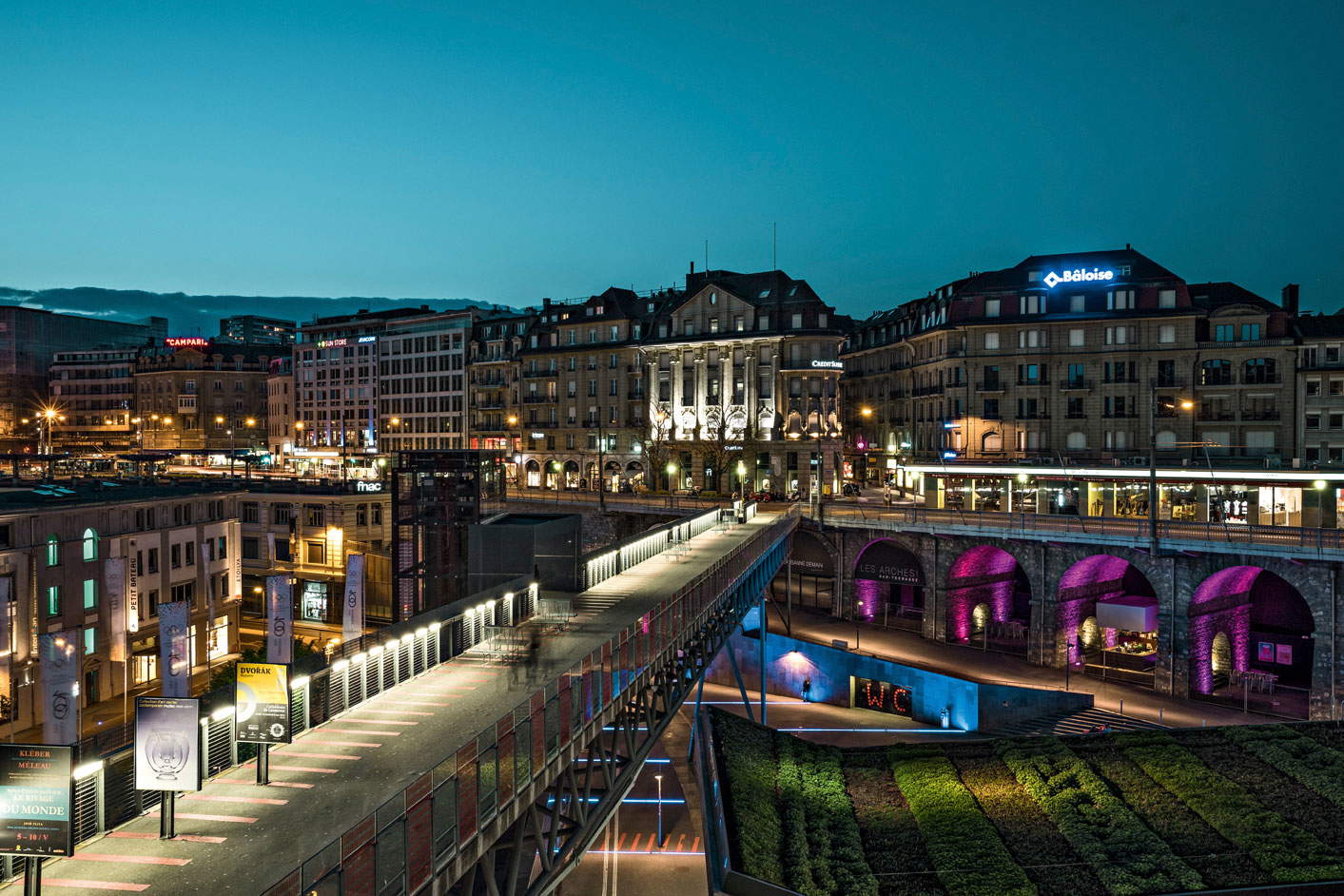 |
| Lausanne |
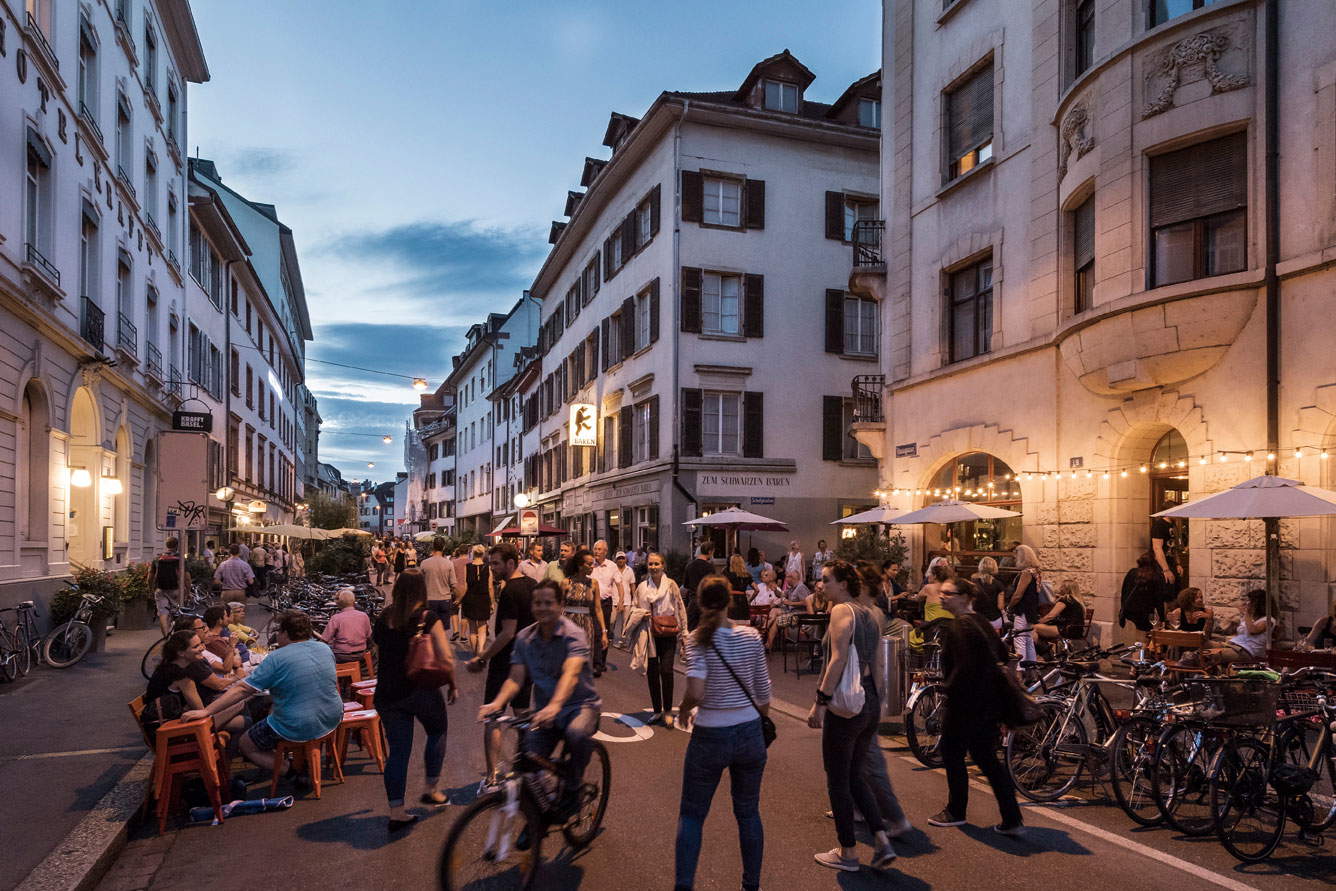 |
| Basel |
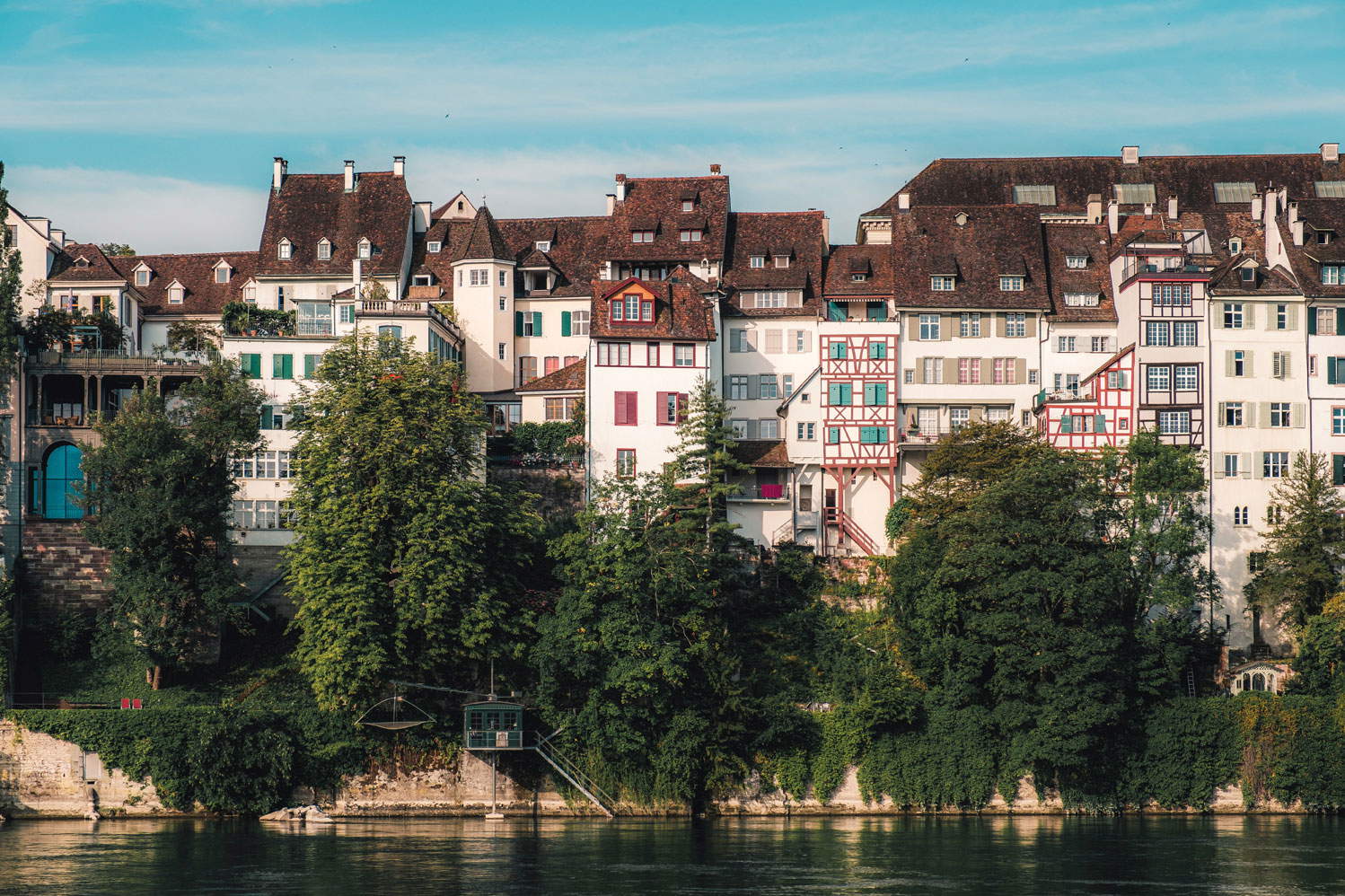 |
| Basel |
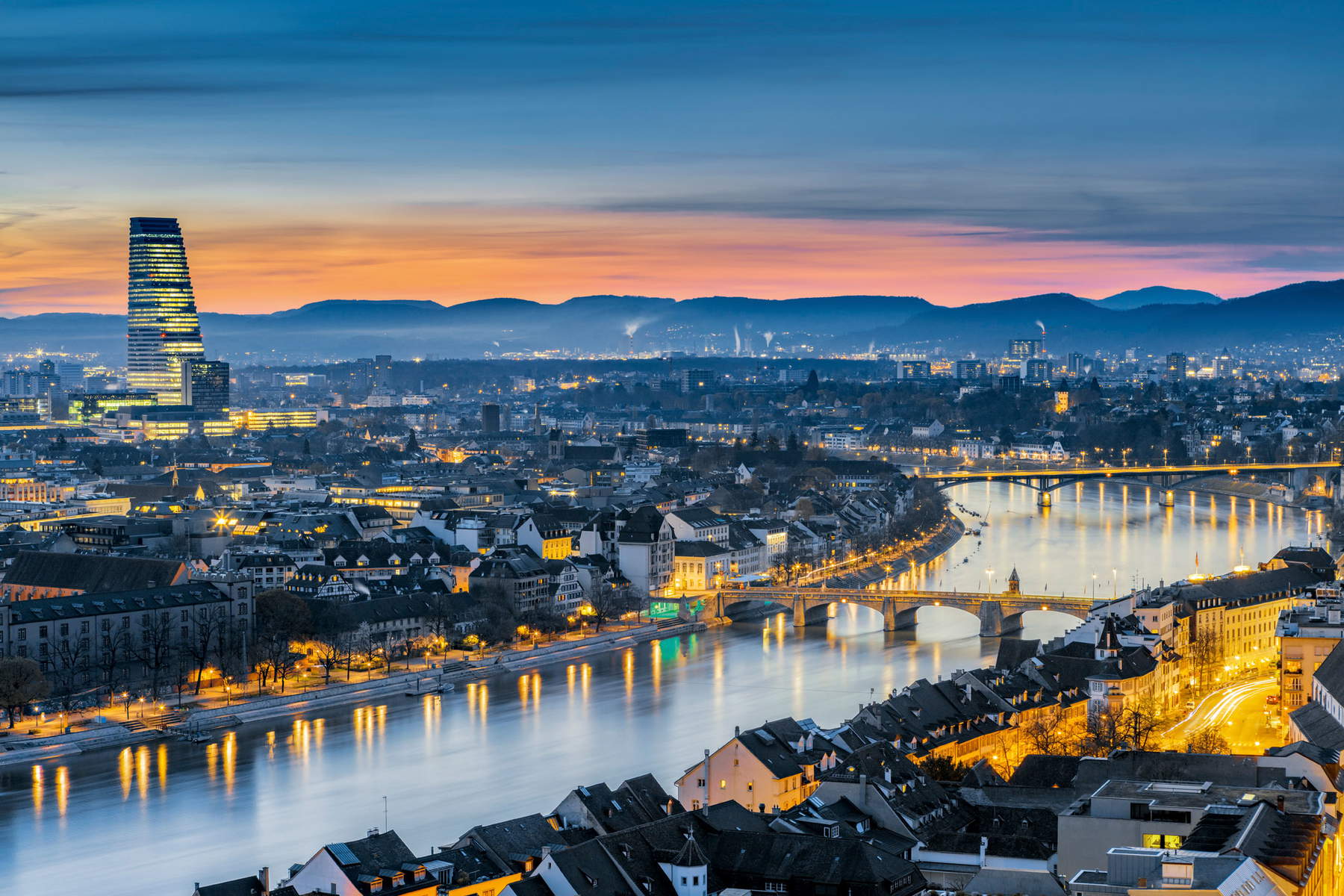 |
| Basel |
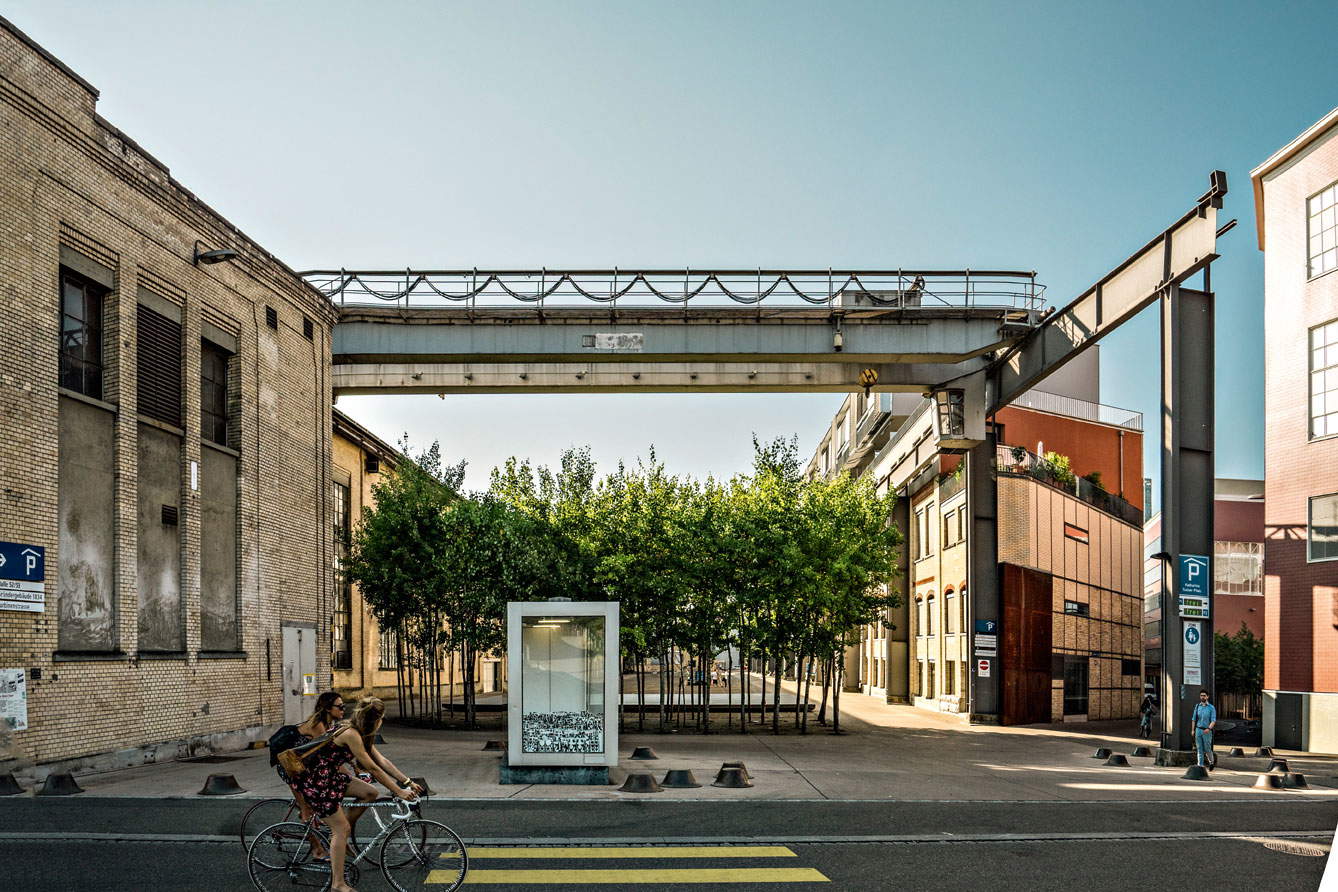 |
| Winterthur |
Finally, overlooking their respective lakes, are Zurich and Geneva. The former is among the cities with the highest quality of life in the world: it is the economic and educational center of Switzerland and has all the amenities of a cosmopolitan metropolis, but all in a small and refined format, as befits a boutique city. It is home to the ZürcherHochschule derKünste, one of Europe’s leading universities of the arts, and museums such as the Kunsthaus and the Museumfür Gestaltung.
Geneva is the world’s smallest metropolis and is divided by the lake of the same name. On the left bank is the old town, dominated by the cathedral, with picturesque alleys and elegant stores. One of its ancient streets is the Grand-Rue, where the philosopher Jean-Jacques Rousseau was born. A symbol of the city is the Jet d’eau, the jet of water over the lake that reaches a height of 140 meters, but also the flower clock in the English Garden, called theHorloge Fleuri. Geneva is also considered the capital of peace because the European headquarters of the UN and the headquarters of the International Red Cross are located here. There is, of course, no shortage of museums to visit, including the MAMCO-Museum of Modern and Contemporary Art and the International Watchmaking Museum.
As already stated, it is easy to organize day trips to the mountains from cities in Switzerland, thanks to the proximity to mountains and glaciers and the convenience of reaching them by public transportation. Therefore, it would not be strange to have breakfast in the city, have lunch at 3,000 meters and in the evening go to the opera. These range from half-day hikes to panoramic glacier views at more than 3,000 meters above sea level, various family attractions and activities, and other exciting moments in the mountains. Starting from Basel, one can reach the Gornergrat via Europe’s highest-altitude open-air cogwheel railway, from which one can enjoy the most beautiful view of the Matterhorn; from Bern, surrounded by the waters of the Aare River, which is abundantly fed by the glacier, one can reach the Bernese Alps for high-altitude hiking. From Geneva, for example, it is possible to reach Les Pléiades, a place of peace, popular with hikers, mountain bikers, paragliders and Nordic walkers, whose fields in spring are filled with daffodils; from Lausanne one can discover the nature of French-speaking Switzerland, while from Lugano one can set off on a hike in the nearby scenic mountains, amid chestnut or birch forests and spectacular views of the lake. Various mountain hiking routes in eastern and central Switzerland can be reached from Winterthur, while in less than an hour it is possible to reach the peaks that can be admired from the shores of Lake Zurich. Summit travel experiences that can take place aboard a cogwheel train, on a cable car, or on the world’s steepest funicular railway.
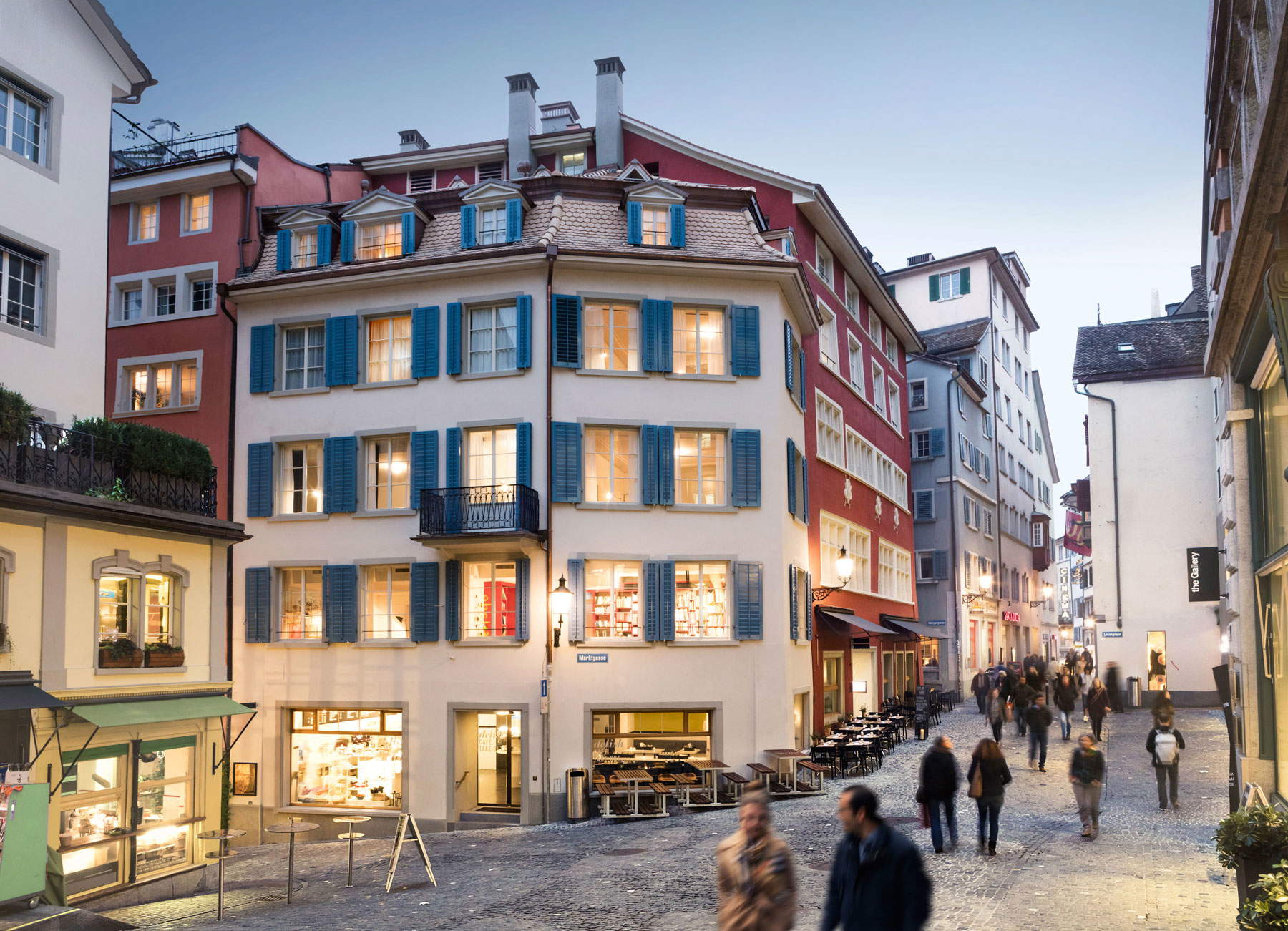 |
| Zurich |
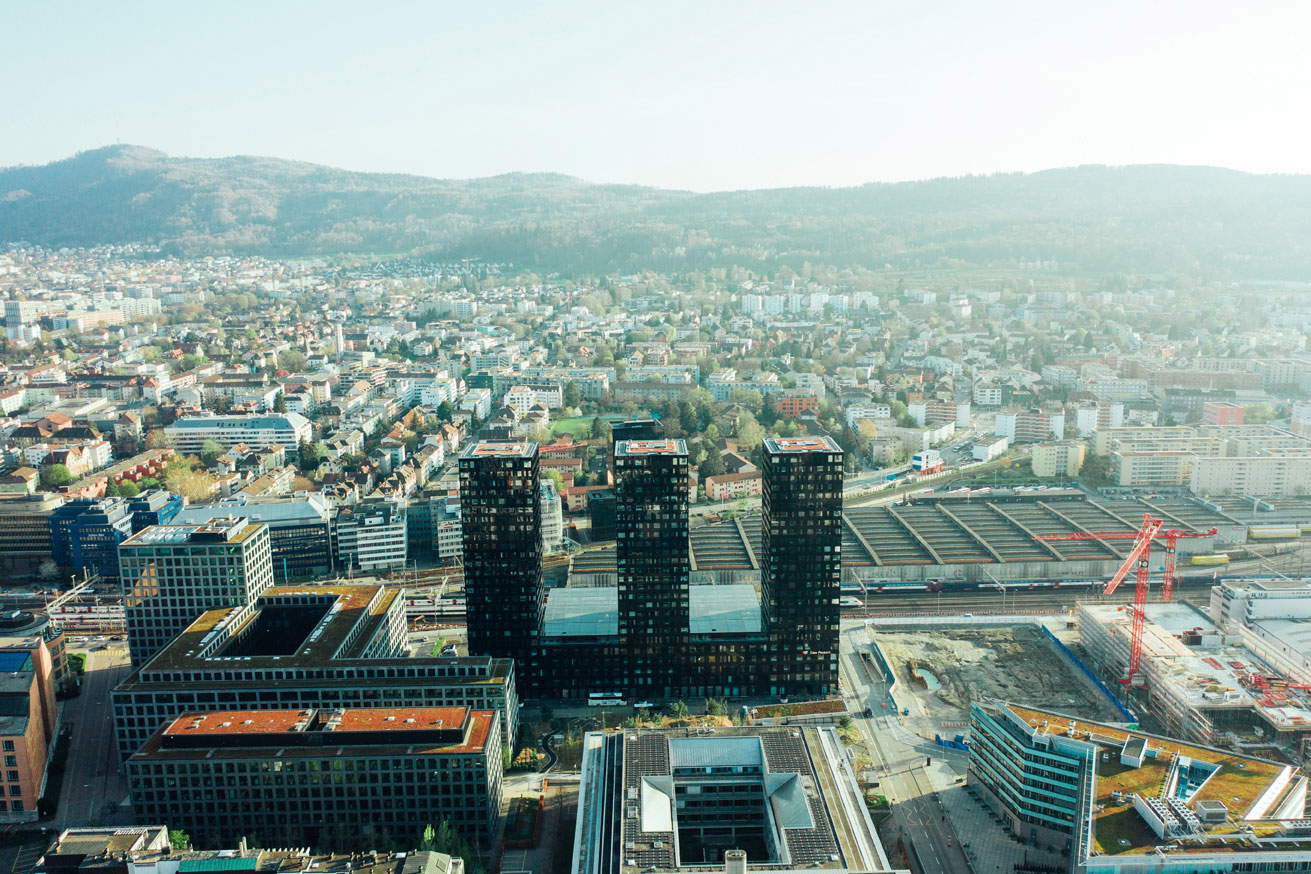 |
| Zurich |
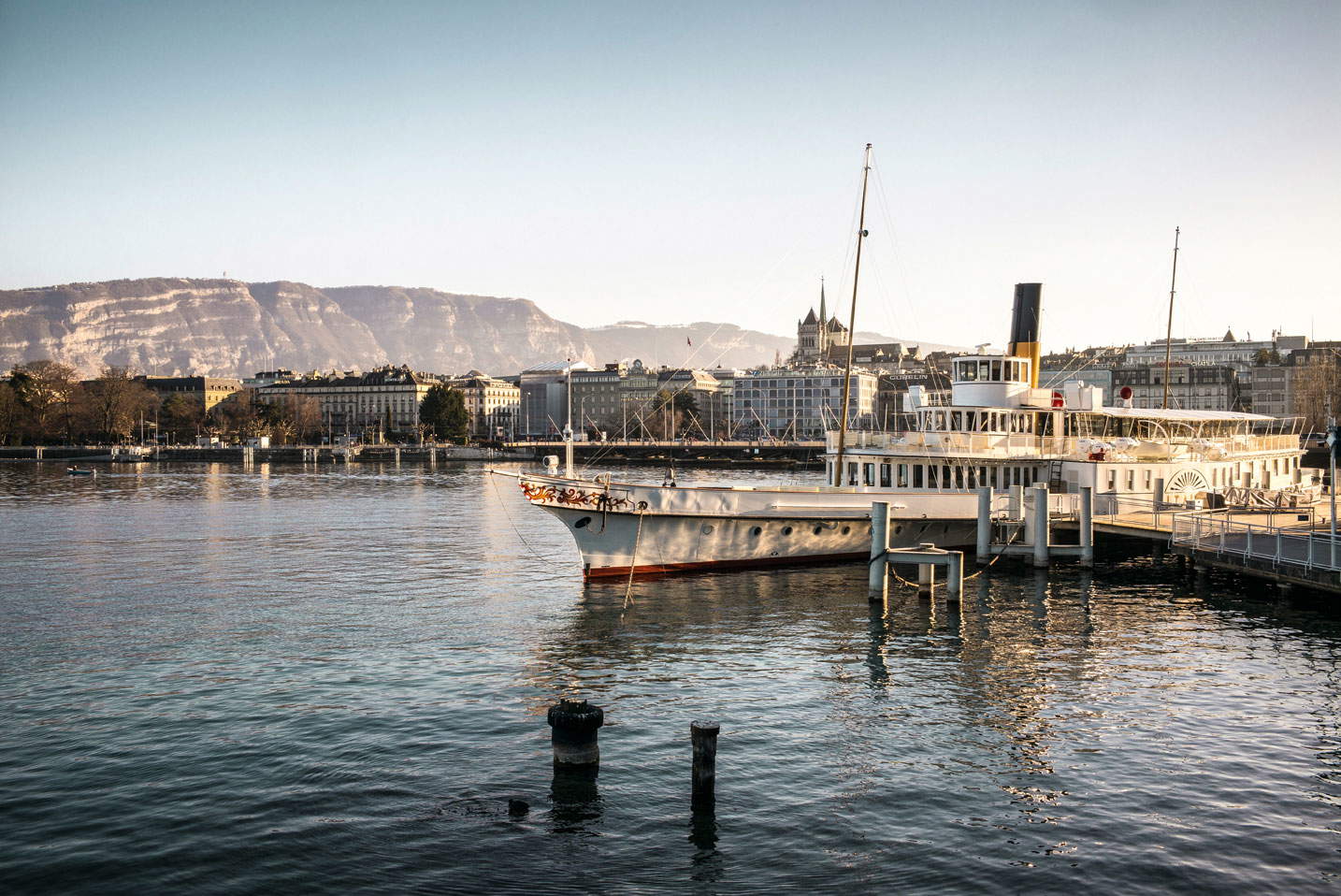 |
| Geneva |
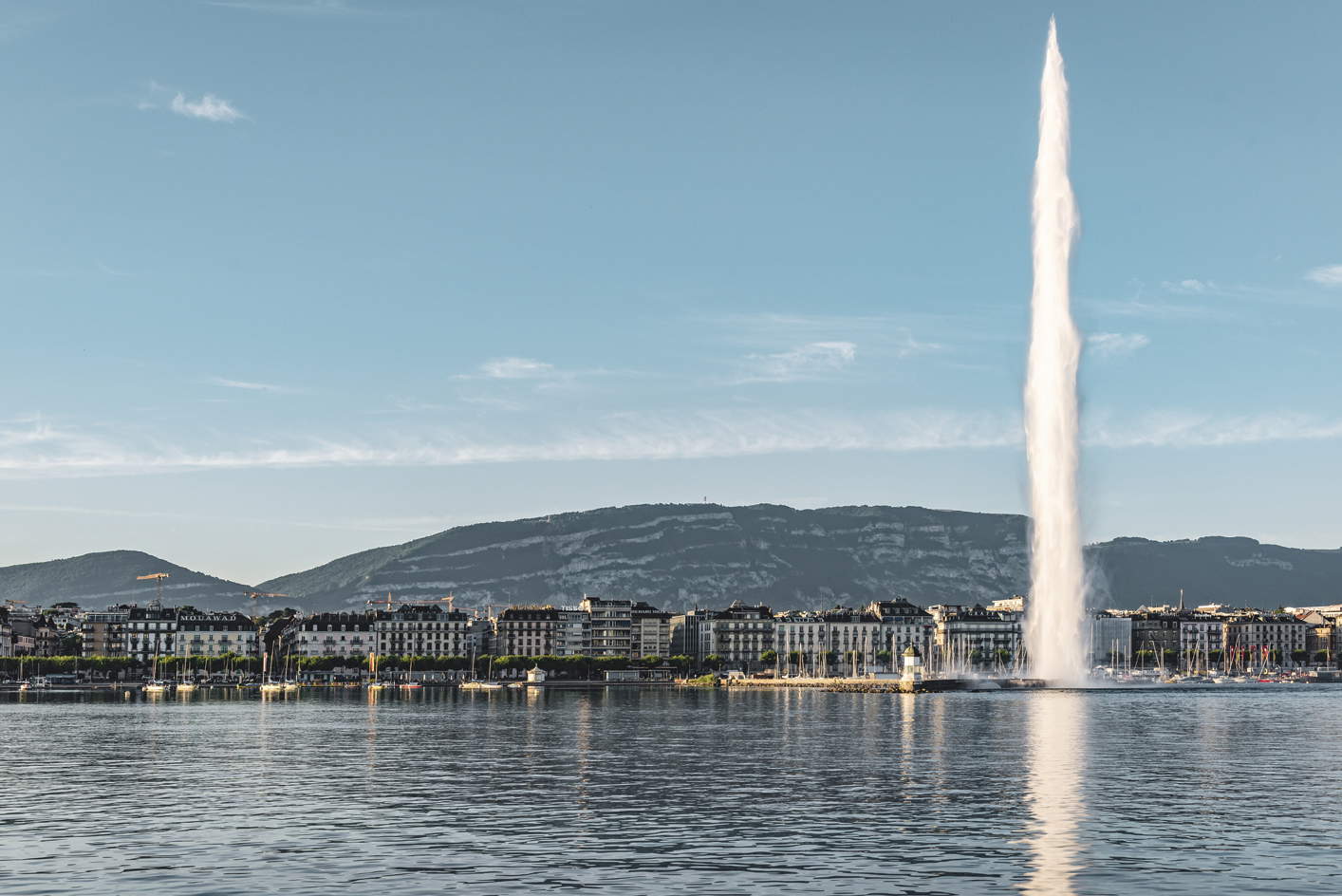 |
| Geneva |
Despite Switzerland’s modest size, it is studded with places related to art and culture: in fact, it has been analyzed how the greatest number of museums are found here in relation to each inhabitant of Switzerland. And it has been found that there are a large number of visitors from all over the world who, each year, intrigued by the typical Swiss cities and the variety of art found in the country, come to discover the different cantons. Switzerland is known to be a cosmopolitan nation, thanks to the serene coexistence of different traditions and cultures, which have therefore given rise to a cultural activity characterized by a wide range of offerings. From painting to sculpture, which since the 18th century was able to establish itself internationally, from photography to design and graphic art, tocontemporary art with the involvement of new tools and the development of new art forms that have earned the country an established presence in the nation’s most important museums and galleries, as well as in international art biennials and art fairs.
As can be perceived by spending a longer or shorter stay in the country, all of Switzerland’s cities are linked in some way to art and culture: this can be clearly seen by visiting museums and exhibition venues, where drawings and pictorial, sculptural, photographic and installation works, ranging from ancient to modern and contemporary art, are preserved, but it is also clearly visible by walking through the city streets. In fact, Switzerland can be regarded as a large open-air museum, where typical dwellings, which have often retained their original structures, stand side by side with distinctly more modern buildings, creating within the cities themselves a particular contrast between the ancient and the contemporary, the latter characterized by tall buildings with large windows and sometimes colorful facades. It should not be forgotten how great contemporary architects have been trained in Switzerland (to name a few, Le Corbusier, Mario Botta, Herzog & de Meuron, Diener & Diener) or how many foreign architects have left evidence of their work in Switzerland, such as the Stadelhofen Station and the Law School Library in Zurich designed by Santiago Calatrava or the Zentrum Paul Klee in Bern and the Fondation Beyeler headquarters in Basel built by Renzo Piano. For photography enthusiasts, a trip to Winterthur and Lausanne is a must, where the Winterthur Fotomuseum, with about 4,000 photographs by contemporary artists, and the Musée de l’Elysée, which has more than 100,000 original photographs from the 19th and 20th centuries, respectively, are located.
In addition to these more traditional forms of art, theatrical performances are worth attending in Swiss cities: alongside the usual large urban theaters, there is amateur theater; in fact, there are about nine hundred amateur groups registered in the country, and this constitutes a peculiarity of the nation in the world theater scene. This is particularly due to Switzerland’s linguistic multiplicity , as each language region (four languages are officially spoken in the country: Italian, French, German and Romansh, but other dialects and varieties are added) has its own stages and productions. In addition, the world of cabaret also has a long tradition. Last but not least, no less significant experiences to share are those related to music and dance: at the European level, the country boasts the highest density of music festivals for all tastes, given, as already stated, its cosmopolitan character and its great multicultural variety; however, the world-renowned Béjart Ballet in Lausanne and the ZürcherBallet in Zurich stand out for dance.
Discovering the cities of Switzerland is for all these reasons an opportunity to understand their history, art, culture, and nature. A mixture of elements that offset each other and make getting to know them unforgettable and never boring.
Warning: the translation into English of the original Italian article was created using automatic tools. We undertake to review all articles, but we do not guarantee the total absence of inaccuracies in the translation due to the program. You can find the original by clicking on the ITA button. If you find any mistake,please contact us.



























